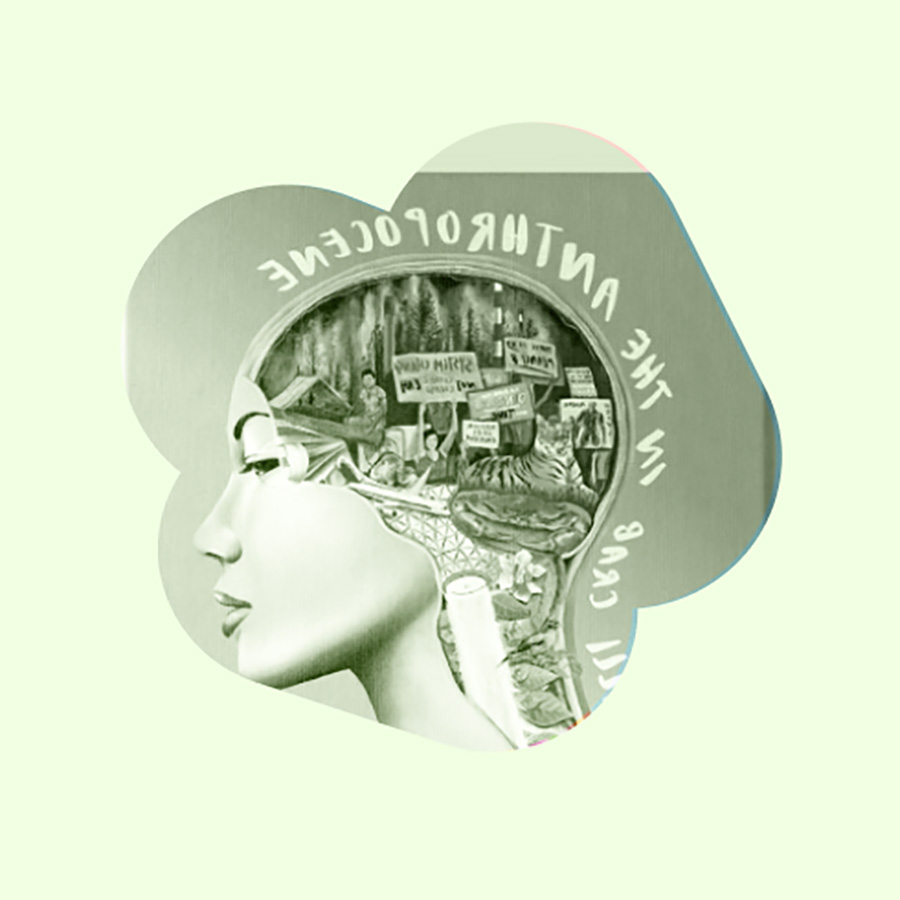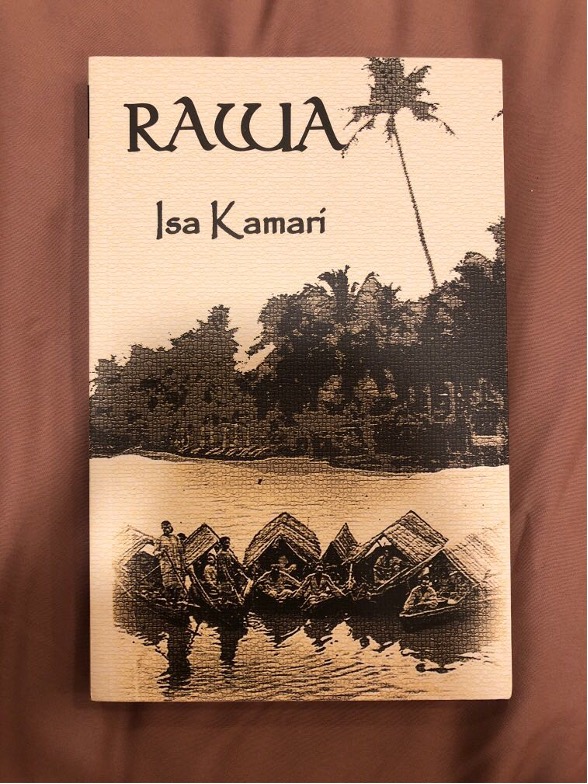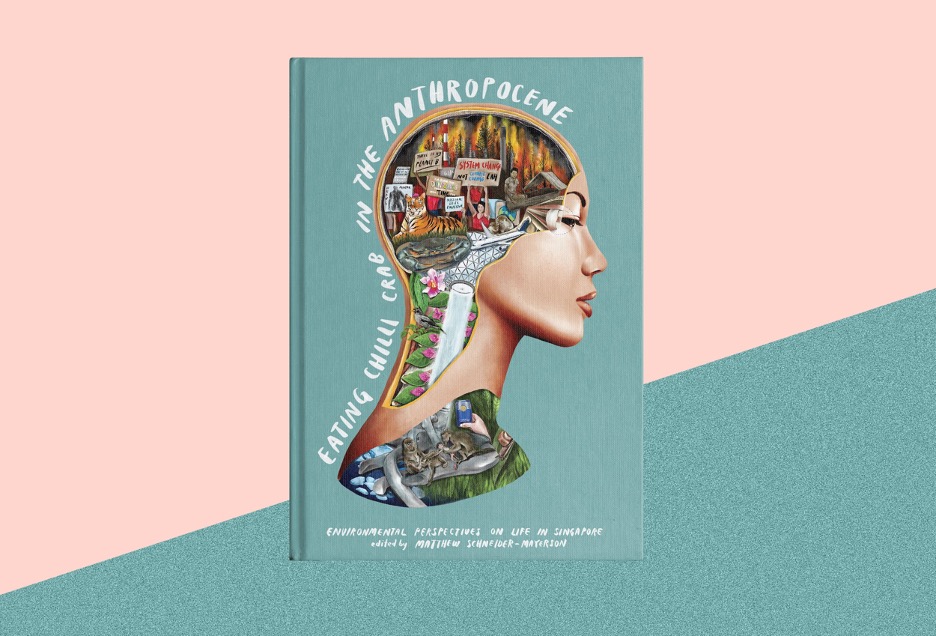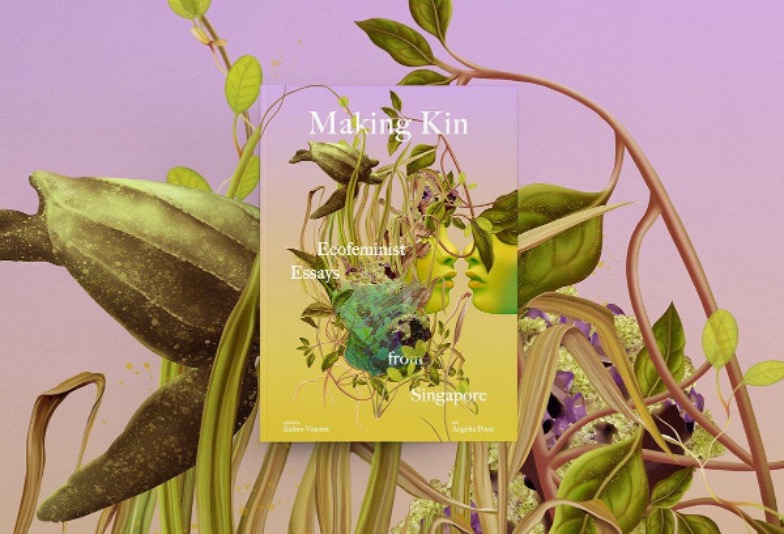Reading Recommendations
Published
January 15, 2024
By
Xiaoyun

A guide which explores the ideas, thoughts and authors that have been floating on my mind and influenced me in one way or another towards environmentalism; and whom I feel deserve way more attention and readership!

If you're into fiction and multi-character stories based on real-life events and environmental heroes:
The Overstory, by Richard Powers, traces the life histories of nine diverse main characters and how they become awakened to the marvels and magic of trees. Some of their paths intertwine as they dedicate themselves to nonviolent Monkey Wrench Gang-esque activism and impassioned resistance in order to defend old growth forests. The story is an emotional masterpiece in how Richard Powers draws everything together (human to human and human to nature alike). The drama of the characters in response to the real world (paralleling the climate and environmental disasters of our own) is sobering and personally catastrophic. Some of their answers to the question of “what’s the best one individual can do” is downright tragic. And yet — the overarching story is so compelling. Why bother? Why try? Because, as Olivia/Maidenhair puts it, “the most wondrous products of four billion years of life need help”.

If you're into local fiction based on evergreen themes of cultural heritage, environmental loss while learning about the indigenous peoples of Singapore:
Rawa, by Isa Kamari is a rich narrative with sprawling anecdotes and descriptions of the life of Orang Seletar and Orang Kallang, spanning three generations from 1950s to 1980s. The main character Rawa and his family traversed the waters of “Tebrau Straits” (i.e. Straits of Johor) without inhibitions as it was part of their life. Most interesting to read about was the connection of modern-day places such as Lower Seletar Reservoir, Yishun Dam and Yishun area with the original “homeland” (or rather waterways) of the Orang Seletar. It was an insightful introduction to some of the nature-based lifeways that were lost in the indigenous peoples’ displacement from their land and social assimilation into city life and mainstream society in Singapore.

For an academic and insightful account tracing the impetus, role and rationale for social movements, both intellectually and personally fulfilling:
Living at the Margins, by Paul Wapner, is an academic chapter that considers and posits the value of sustaining social criticisms, which Wapner characterises as “counter-narrative” battles and therefore an “open-ended strategy”. It has encouraged and strengthened me in realising the fragility and resilience of maintaining environmental movement, whatever the counter-narrative, anti-hegemonic context we’re in.

For eco critiques examining life in Singapore from an environmental lens, presented in an accessible way to a general audience:
Eating Chilli Crab In The Anthropocene, edited by Matthew Schneider Mayerson aims to help Singaporeans think about the ways in which the environment isn’t something distant and irrelevant to their daily lives, but something that they’re already deeply entangled with. And what’s more Singaporean than food? My chapter on chilli crab, like a lot of the chapters, portrays familiar aspects of Singaporean life and culture from a new perspective. Combining these two elements, chilli crab and the Anthropocene, brings thinking about global environmental issues home to Singapore. It also contains the playfulness of an unexpected juxtaposition, which is present in many of the chapters. When we say “everything is environmental”, this is what we mean.

For a primer into the problems we are entangled in and the various ways that we are connected to the earth, presented from a unique positionality of a native American person academically trained as biologist and ecologist:
Braiding Sweetgrass: Indigenous Wisdom, Scientific Knowledge and the Teachings of Plants, by Robin Wall Kimmerer is an important book about our interconnectedness with the earth and why we cannot live as if we are above nature. Robin Wall Kimmerer laments the loss of indigenous ways of knowing, as immigrants took over native American land, and imposed their systems of knowledge (objective, scientific) and hierarchy of values (men having dominion over nature). The book, though based in an American context with her personal background, was the first book that encouraged me to think about how I can become naturalised to this land called Singapore. The book presents the key ingredients of coexistence, mutual respect, listening to the indigenous communities, and finding ways to have reciprocal relationships with the land and seas.

For heartfelt personal essays introducing the intersections of female and feminine identities with environmental issues:
Making Kin: Ecofeminist Essays from Singapore, edited by Angelia Poon and Esther Vincent Xueming is sprawling and diverse. It really shows that there are multiple ways to be a feminist, many routes to environmentalism, and thus combined, there are indeed multiple identities/actions to take/ways to be an eco-feminist! Read if you’re keen to learn about intersectionality and intersectional issues, and how the personal is political in a Singaporean context.

For a strong cast of female voices proposing facets of solutions to the environmental crisis, focused on the US and inspiration for anyone for these trying times:
All We Can Save: Truth, Courage, and Solutions for the Climate Crisis, edited by Dr. Ayana Elizabeth Johnson and Dr. Katharine Wilkinson is a hopeful book. In response to the urgent climate crisis, the authors write convincingly about how we can get to a more equitable, just, nature-based, ground-up and radical way forward. It was really uplifting and inspiring to see the various roles in the climate action ecosystem playing out in one book — journalists, lawyers, activists, scientists, researchers, writers and artists. In embodying diversity in contributors, the anthology also demonstrated the value in building coalitions, building diverse communities that each bring historical baggage and their rich indigenous, cultural knowledge to the picture, strengthening the canvas and its threads.

For something to gently awaken you to look up from your digital simulations and to appreciate the diversity around us that we overlook to the peril of our greatest social and environmental movements:
Jenny Odell’s How to Do Nothing: Resisting the Attention Economy was balm and a huge red stop sign to the tendency of our society to root ourselves digitally. Her solution? Investing attention in something tangible and physical can help us shift away from the online, digitised, capitalised, optimised world. To embed in history and in place, focusing on the immediate bioregion such that we reroute and deepen our attention towards the local ecology. This is complementary with finding and fighting for space to rest, and committed to steward human and ecological communities.

